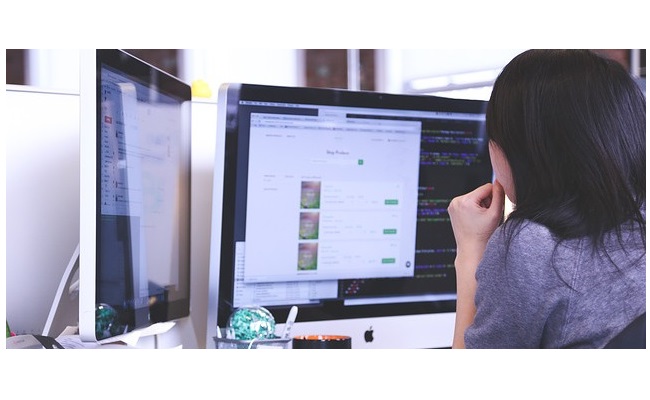
With the changes that are continuously established in design, it is important to define rules for the use of the different elements that make up an optimal one. It is clear that today, from any profession that involves human behavior, models, schemes or trends are created that are transitory and that are in constant movement.
Interaction design has made it possible to expand a person's experience from the real world to the digital world, therefore, every day the forms of communication are more personal and typical of anyone who is connected, under this premise, it is important to know the new trends physical handling in web design, with the appropriate environments, generating meaningful experiences within a digital portal.
What trends are being established in design now?
Trends are important because they mark a form of current behavior and how others relate to what surrounds them, be it fashion, politics, culture, among other things. The design marks this achievement by seeking to print uses that may have a more significant rise at certain times, which is why a trend is marked to satisfy a detected need.
Overlapping Effects
The overlay of fonts, graphics and colors not only makes user interface designs more eye-catching and disruptive, but also creates a sense of space, with this a user has the feeling of being in a digital environment that allows them to moving and choosing how to do it is an opportunity that allows exploration.
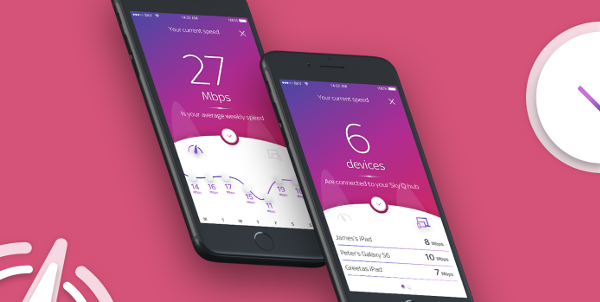
Gradients
In recent years, gradients have become a fundamental part of product design. Buttons, icons, lists, backgrounds, etc... And almost any UI element can fill one, giving personality to the product, when used well it generates a sensation of movement and energizes spaces.
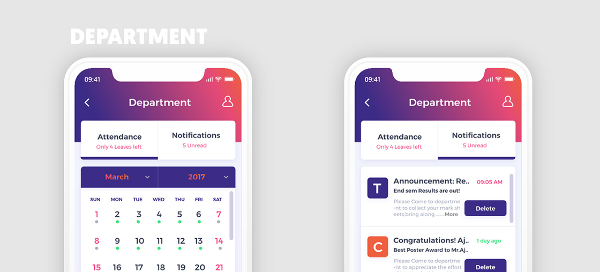
Opacities
They allow you to add touches of detail and not show 100% flat backgrounds.
Applied to both products and logos, transparencies provide a product with “texture”, a texture that can be combined as desired.
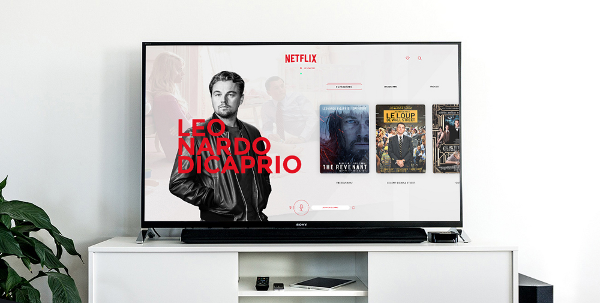
High contrasts
High contrasts can also help design a great user interface to attract attention. For example, adding fonts in different styles, types, sizes, or orders can also provide a sense of hierarchy and space. And color in different types and styles also creates sharp contrasts and makes the entire designs more eye-catching and colorful.
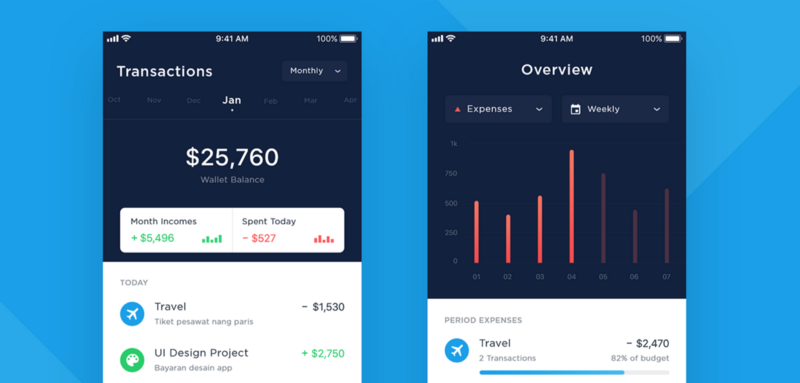
Custom Illustrations
Custom illustration also plays an important role in app UI design. Mobile app interfaces with different illustration styles, such as hand-drawn, simple, cut-out, and famous painting-style illustrations, can not only make apps more interesting and distinctive, but also provide mobile app personalities and make them more impressive for app users.
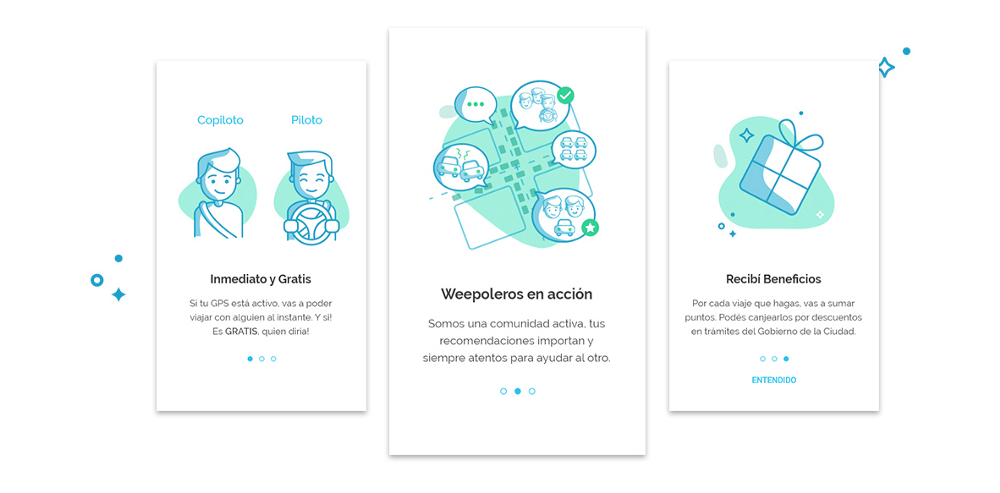
Voice interfaces
Voice-activated mobile application interfaces simplify user operations. Moreover, in 2017, most mobile applications with voice ordering services also became the most popular applications on the Internet. Therefore, voice-activated mobile applications will also be popular in 2018. Of course, except for voice-activated interfaces, in the future, fingerprint-activated interfaces will play an important role in mobile application interface designs.

Personalized experience
It is not enough to offer a good experience; new products must be launched with a personalized experience for the user type and usage. A “millennial” user is not the same as an older person. There are two options: create a specific product for one sector or another, or maintain two “versions” of the same product. This does not mean that the user has a different interface, but it may need different access points, different fonts and sizes. Everything must be taken into account.
The important thing in the management of these new trends is precisely that the user is presenting himself as an agent that participates in the design process, he is generating that rupture, where the design becomes part of his good work as a user, as creators of any digital space, that humanistic part is key that must permeate completely, without fighting with the competition and effectiveness of a site.
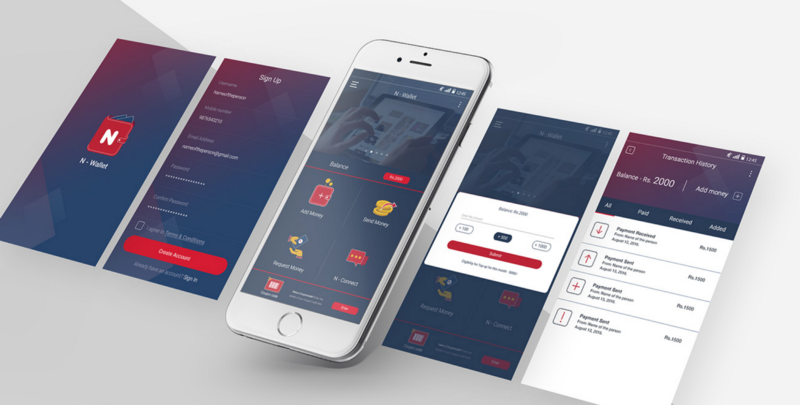
In conclusion, trends are always generated in design, which should force the academy to constantly update its teaching, however, teaching cannot be devalued either, since the basic conceptualization of the design theories that are taught generates in turn the possibility of energizing the profession and adequately proposing the use of new management of the image, the context, the public and the effective communication of its pieces.
